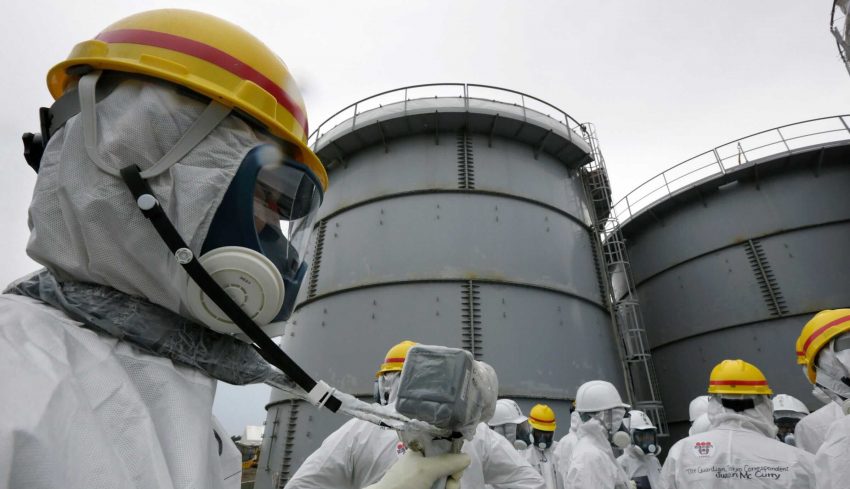Japan’s Tokyo Electric Power Company (TEPCO), the operator of the Fukushima Daiichi Nuclear Power Station (NPS), has demonstrated its capabilities for accurate and precise measurements of the radionuclides present in the treated water stored on site, according to an International Atomic Energy Agency (IAEA) report released today.
The IAEA released the findings in its latest report covering its independent sampling and analysis work as part of its ongoing review to assess the safety related aspects of Japan’s plan to release the treated water from the Fukushima Daiichi NPS into the sea.
Consistent with relevant IAEA international safety standards, TEPCO is required to monitor the characteristics and activity of the treated water in order to accurately evaluate public exposure due to the discharge and to comply with its national regulatory authorisation.
It is independently checking the types and amounts of radionuclides contained in the ALPS treated water. This corroboration effort falls under one of the three components in the IAEA’s multi-annual safety review which also includes assessments of the technical plans and of regulatory activities and processes related to the treated water discharge.
It has observed and facilitated the collection of the treated water samples analysed in the report from tanks at the Fukushima Daiichi NPS in March 2022. This water was taken from the first batch of Advanced Liquid Processing System (ALPS) treated water expected to be discharged into the sea.
The samples were corroborated based on an interlaboratory comparison (ILC) which involves different laboratories separately testing and analysing samples and then comparing results and procedures to determine their reliability and accuracy. The samples taken for the report were analysed by TEPCO; by the IAEA in its laboratories in Monaco, and in Seibersdorf and Vienna, Austria; and in third-party laboratories in France, the Republic of Korea, Switzerland and the United States – all of which are members of the network of Analytical Laboratories for the Measurement of Environmental Radioactivity (ALMERA).
Additional samples have been taken from other batches of water and are undergoing a similar analysis as part of the wider review process.
“This report and the analytical results that it contains are an important milestone in the IAEA’s safety review. The data demonstrates TEPCO’s analytical performance through a transparent and rigorous scientific process,” said Gustavo Caruso, Director and Coordinator for the ALPS Safety Review, IAEA Department of Nuclear Safety and Security and Chair of the Task Force.
In particular, the report found that:
– TEPCO has demonstrated a high level of accuracy in their measurements and technical competence.
– TEPCO’s sample collection procedures follow the appropriate methodological standards required to obtain representative samples.
– The selected analytical methods utilised by TEPCO for different radionuclides were appropriate and fit for purpose.
– Neither the IAEA nor the participating third-party laboratories detected any additional radionuclides at significant levels.
Additional reports on corroboration will cover baseline environmental samples (e.g., seawater, fish) from the surrounding environment of Fukushima Daiichi NPS and an assessment of the capabilities of monitoring services involved in the assessment of internal and external radiation exposure of workers at Fukushima Daiichi NPS.
The IAEA’s comprehensive report on its review is being prepared and will be issued in due course.
